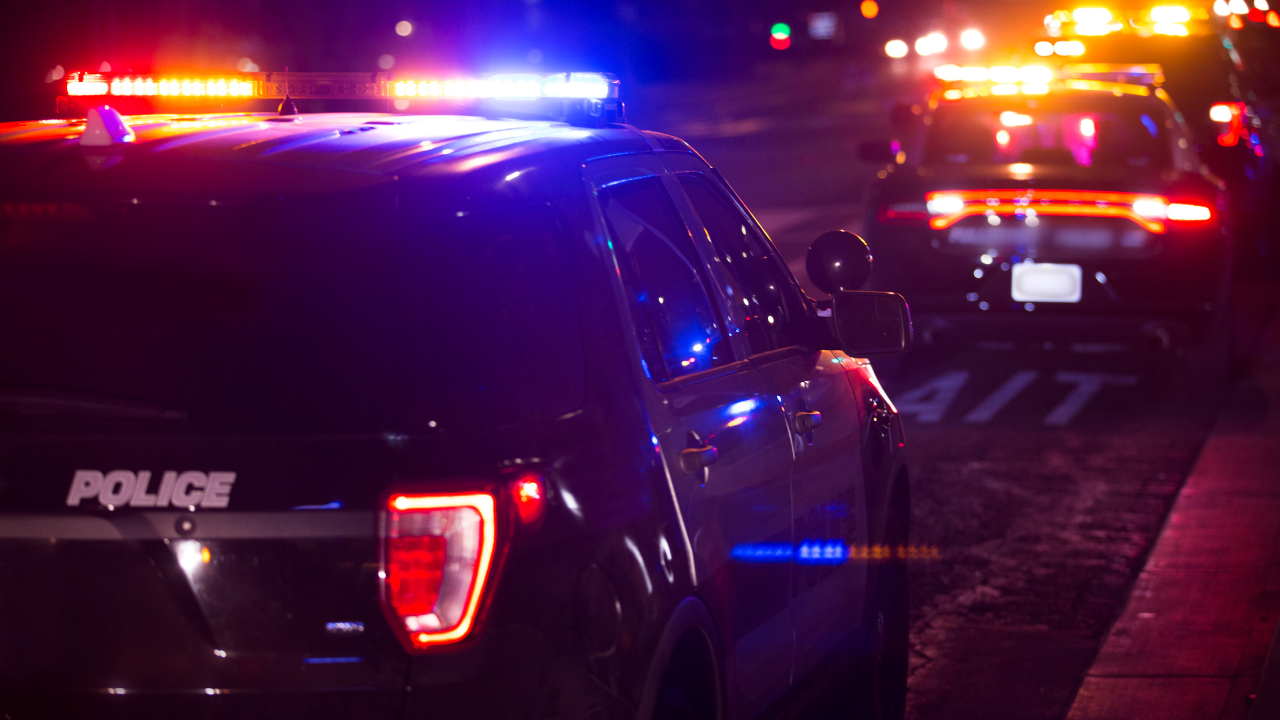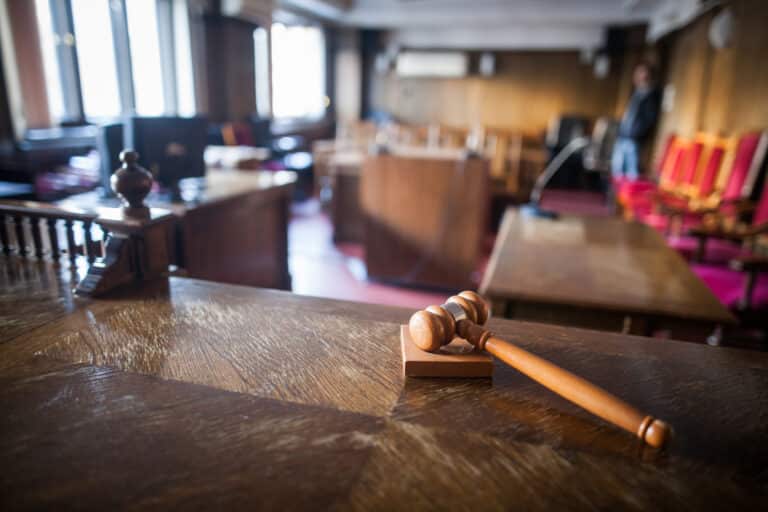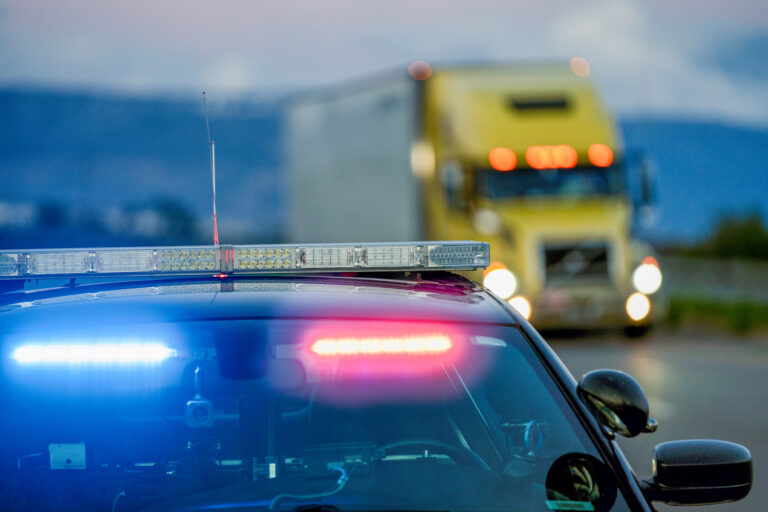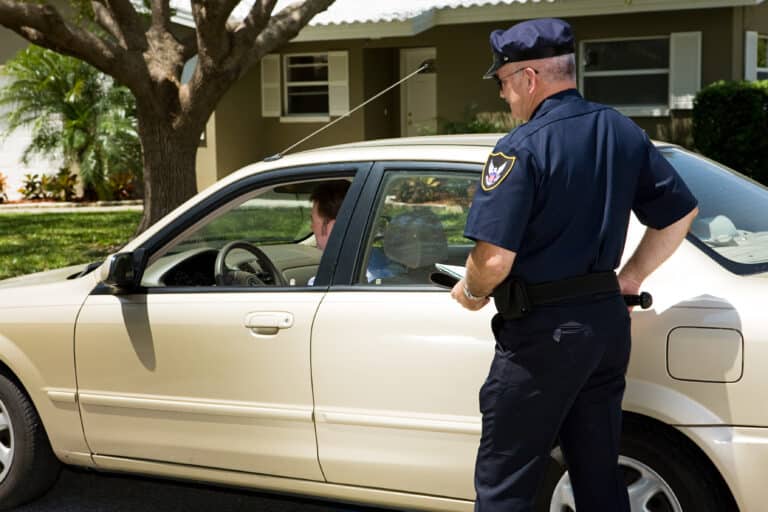Evading the police, or fleeing from a police officer, is a serious offense that comes with significant legal consequences and safety risks. Law enforcement must maintain a delicate balance between enforcing the law against drivers who do not pull over, and ensuring public safety for nearby drivers and pedestrians. There are also exceptional circumstances where drivers might not immediately pull over, requiring the police to use their judgment as to whether an offense has been committed.
This article explains what evading the police means, exemptions to this requirement, situations that justify immediate police pursuit, and the measures taken to protect pedestrians during such incidents. By understanding these factors, you will better understand how to avoid being charged with evading the police.
New York Laws for Evading Police
Evading police is defined as intentionally ignoring a police officer’s order to stop and fleeing the scene or speeding away on the road when an officer has their lights on. Evading police also includes stopping for a police car, but then speeding away before the interaction was complete.
Two elements must be necessary to charge someone with evading the police: (1) the defendant must have acted intentionally, and (2) the officer’s order to stop must have been clear. In New York, evading the police has different consequences based on the situation, but can come with fines, jail time, and probation.
Exceptions for Evading the Police
Not pulling over immediately because it is unsafe to do so is not evading the police. New York State’s Move Over Law requires drivers to slow down and move over for police and emergency vehicles with their lights on.
However, drivers must use due care when moving or pulling over. If a police officer has their lights on behind a driver and the driver cannot pull over for safety or practical reasons (such as the lack of a shoulder lane), the driver cannot be charged with evading police. In this situation, the driver should slow down, press the hazard or emergency button on their vehicle, and look for somewhere to pull over as soon as possible while not disobeying traffic laws or putting themselves or others in danger.
In my experience, there are other exceptions where a driver won’t pull over right away and won’t be charged with evading the police; we evaluate each situation on a case-by- case basis. For example, if a driver wasn’t speeding away from the officer and pulled over after a few minutes, it is unlikely they will be charged with evading the police.
Another example is if a police officer is in an unmarked vehicle at night. A driver may feel unsafe because they can’t see a police uniform and are unable to tell whether it’s an officer. Therefore, they may not pull over immediately, but an officer will listen to this concern when asking the driver why they didn’t pull over right away.
Evading Police on Bicycles or Scooters
In New York City especially, a common means of transportation is the use of micro-mobility vehicles, including e-bikes and scooters. If you’ve ever been in NYC, you’ve probably seen an abundance of these bikes and scooters, and you may have seen some of them commit traffic violations.
Contrary to popular belief, micro-mobility vehicles aren’t exempt from the law in the context of traffic violations or evading the police. In the past year, there have been changes in the law allowing police patrols to stop bikers and people on scooters. Police can also use force to take individuals off of their vehicle if they are noncompliant. However, if the individual is by a school or in a crowded area, the police wouldn't attempt to pursue them and remove them from their bike or scooter.
Pedestrians Safety is the Priority
Police vehicle pursuits can be quite dangerous, putting law enforcement officers, other drivers, citizens nearby, and the driver fleeing at risk of harm. Police prioritize the safety of pedestrians when evaluating whether to pursue a vehicle that is fleeing from the police. The New York City Patrol Guide instructs that vehicular pursuits are forbidden, and if such is performed the supervisor will immediately terminate the pursuit.
If a driver is speeding to evade the police and the infraction is relatively minor, or the driver is presumed not to be dangerous, police may not continue to pursue that vehicle. This is especially true if the driver is on a busy road with many other cars and pedestrians nearby.
In the streets of New York City, attempting to pursue a vehicle when in congested areas with pedestrians and other vehicles puts innocent people in danger. It’s also important to note that attempting to evade the police in the busy streets of NYC is especially difficult. Pull over right away, as it’s likely the police will catch you.
What Warrants a High-Speed Chase?
Although police officers in New York, especially in New York City, don’t usually engage in high-speed chases for the safety of pedestrians and other cars, there are some situations that could warrant a high-speed chase. The first situation is if the driver fled from a crime scene or is presumed to be dangerous. If there was an assault, robbery, or another crime or act of violence committed by the driver, police can pursue a police chase and call other officers for backup. Most officers will pursue a vehicle if the driver committed a felony; police are less likely to pursue a vehicle for a misdemeanor.
For example, there was one case while I was on duty where an individual rented a truck and began hitting other cars and scooters on the street in Brooklyn. This threat to public safety justified the police in pursuing the vehicle, and officers eventually had to hit his truck to get him to stop.
Another situation in which a high-speed chase may be warranted is if the driver has a history of fleeing the police. If police identify a driver speeding away who has also previously fled from the police, they may engage in a high-speed chase or follow closely. However, unless the driver is deemed dangerous, we will follow the driver but will not inform dispatch and call other officers to the scene because The New York City Patrol Guide states vehicle pursuits are generally forbidden.
In summary, police evaluate the severity of the citation when deciding to pursue a fleeing vehicle. More severe traffic violations and harm to pedestrians or property is likely to warrant a chase. In regard to moving violations, the pursuit is usually short and only lasts a few hundred feet, as most drivers will pull over quite quickly or police will be able to catch up to them fairly quickly, especially in the crowded streets of NYC. The only way to avoid being involved in a high-speed chase or being charged with evading the police is to slow down and pull over when it is safe to do so.





